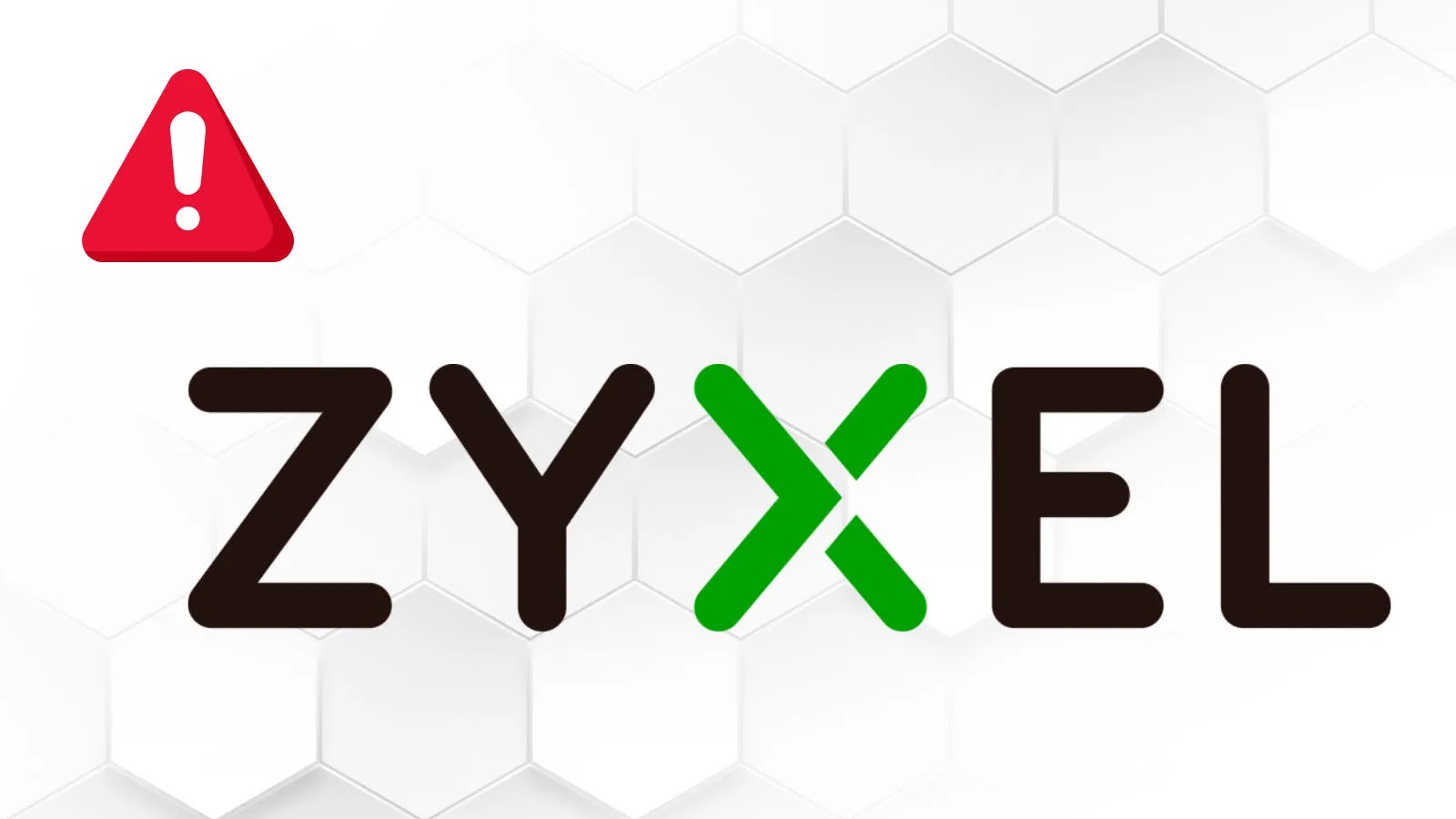
ZYXEL Authorization Bypass Vulnerability Let Attackers View and Download System Configuration
A significant security flaw has been identified in Zyxel’s ATP and USG series firewalls, posing a critical risk to network security. This vulnerability, tracked as CVE-2025-9133, allows unauthorized individuals to bypass authentication controls and gain access to sensitive system configurations. Even the presence of two-factor authentication (2FA) does not prevent this unauthorized access, making it a particularly concerning issue for organizations relying on these devices for their perimeter defense.
Understanding CVE-2025-9133: The Authorization Bypass
The core of CVE-2025-9133 lies in an authorization bypass vulnerability affecting Zyxel’s ATP (Advanced Threat Protection) and USG (Unified Security Gateway) series firewalls. This flaw enables an attacker to circumvent the normal authentication process, including scenarios where 2FA is active, to view and download the device’s system configuration.
System configurations contain highly sensitive data, including network topology, firewall rules, user accounts, authentication methods, and potentially cryptographic keys. Access to such information can provide an attacker with a comprehensive blueprint of your network, facilitating further, more sophisticated attacks, including:
- Network Reconnaissance: Gaining deep insight into the network infrastructure.
- Privilege Escalation: Identifying weak points for gaining higher-level access.
- Data Exfiltration: Understanding data flows to plan for sensitive data theft.
- Backdoor Installation: Configuring persistent access mechanisms.
- Disruption of Services: Modifying or disabling critical firewall rules.
The official disclosure date of August 14, 2025, highlights the recency and ongoing relevance of this vulnerability. Organizations using affected Zyxel devices must act promptly to mitigate the risks associated with CVE-2025-9133.
Affected Devices and Firmware Versions
This critical vulnerability impacts Zyxel ATP and USG series firewalls. Specifically, devices running firmware versions up to V5.40(ABPS.0) are vulnerable. It is crucial for administrators to verify the exact firmware version of their Zyxel devices to determine their exposure to this threat.
If your Zyxel firewall is running an affected firmware version, it is susceptible to unauthorized configuration access. This means an attacker could potentially retrieve network details and security policies without proper authentication.
Remediation Actions
Addressing CVE-2025-9133 is paramount for maintaining the security integrity of your network. The primary remediation strategy involves updating the device’s firmware to a patched version. Zyxel has released security patches to address this vulnerability.
- Immediate Firmware Update: Check the official Zyxel support website for your specific ATP or USG firewall model to download and install the latest firmware version that addresses CVE-2025-9133. Ensure you follow Zyxel’s recommended update procedures.
- Review Device Configurations: After updating, review all critical device configurations for any unauthorized changes that might have occurred if the device was compromised prior to patching.
- Implement Network Segmentation: While not a direct fix for this vulnerability, robust network segmentation can limit the lateral movement of an attacker even if initial access is gained.
- Monitor Logs: Continuously monitor firewall logs for unusual access patterns, configuration changes, or attempts to access sensitive device files.
- Strengthen Access Controls: Beyond 2FA, enforce strong, unique passwords for all administrative accounts and limit administrative access to only necessary personnel and IP addresses.
Tools for Detection and Mitigation
While direct detection tools for this specific authorization bypass might not be widely available to the public, the following general security practices and tools can assist in maintaining overall security and detecting anomalous activities.
| Tool Name | Purpose | Link |
|---|---|---|
| Zyxel Official Support Portal | Firmware Updates & Advisories | https://www.zyxel.com/support/announcement.shtml |
| Vulnerability Scanners (e.g., Nessus, OpenVAS) | General Network Vulnerability Assessment | https://www.tenable.com/products/nessus |
| Security Information and Event Management (SIEM) Systems | Centralized Log Monitoring and Alerting | (Varies by vendor – e.g., Splunk, ELK Stack) |
| Network Intrusion Detection/Prevention Systems (NIDS/NIPS) | Traffic Anomaly Detection and Blocking | (Varies by vendor – integrated into many firewalls) |
Conclusion
The discovery of CVE-2025-9133 in Zyxel ATP and USG series firewalls underscores the constant vigilance required in cybersecurity. An authorization bypass that allows attackers to view and download system configurations, even with 2FA enabled, represents a significant threat exposure. Organizations must prioritize applying the necessary firmware updates from Zyxel to patch this vulnerability. Proactive patching, combined with continuous monitoring and adherence to best security practices, remains the most effective defense against such critical flaws.





